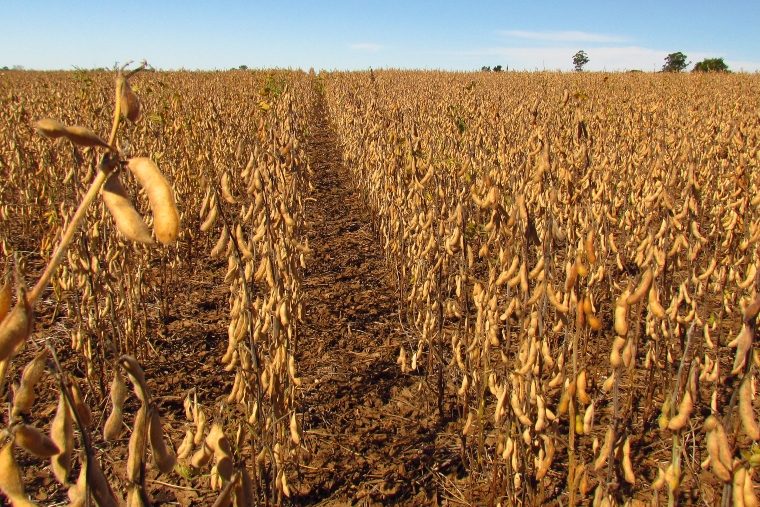Argentina recorded a trade deficit of US$484 million in January, which contrasts with the positive balance in the same month of 2022 and shows the impact of the drought on the country’s exports, official sources said on Wednesday (22).
This balance is explained by a drop in exports, mainly of agricultural and livestock products, and a slight increase in purchases, despite the strong restrictions on imports that have been in place since July last year.
According to the National Institute of Statistics and Censuses (Indec), trade volume (exports plus imports) fell 4.8% year-on-year in January to US$10.284 billion.

According to official data, Argentina’s exports in January were worth US$4.9 billion, 11.7% less than in the same month of 2022.
This drop was mainly due to lower sales of wheat, biodiesel, corn, and sunflower oil, highlighting the first strong impact of the drought on the foreign trade of Argentina, one of the world’s largest producers and exporters of grains and derivatives.
Meanwhile, imports totaled US$5.384 billion, representing a 2.5%t year-on-year increase.
Argentina recorded a trade surplus of US$6.923 billion last year, representing a 53% drop from the positive balance achieved in 2021.
Affected by the shortage of monetary reserves, Argentina has restricted access to dollars for payment of imports since the end of June 2022.
Since August, the government has sought to encourage exports to accelerate foreign exchange inflow.
According to the 2023 Budget, Argentina would reach US$105.550 billion in exports this year and total imports of US$93.203 billion, so its trade surplus would grow to US$12.347 billion, still below the positive balance of 2021.
With information from EFE

